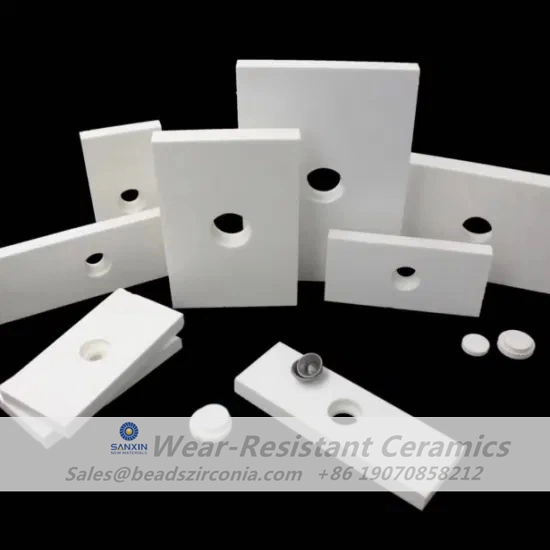High-chromium cast iron is renowned for its exceptional toughness and satisfactory hardness, making it a staple in industries like casting and crushing. However, as industries evolve, the demand for enhanced performance in high-chromium cast iron, especially in specialized components like crusher hammerheads, has risen. These components often endure substantial impacts and abrasion, pushing the limits of high-chromium cast iron's inherent hardness. Consequently, many manufacturers have turned to the incorporation of ceramic particles into high-chromium cast iron to create wear-resistant ceramic composite hammer plates, a favored solution.

Despite its popularity, the synergy of high-chromium cast iron and wear-resistant ceramic particles faces specific challenges. This article explores the analysis of common issues encountered in these composites.
Precise measurement and control of casting temperature are imperative to prevent particle dispersion issues.
Incorrect placement, either below or directly in front of the inner pouring gate, disrupts particle distribution, affecting the casting outcome.
Inadequate heat leads to incomplete metal melting, hindering the fusion between casting metal and ceramic particles.
Inadequately designed systems, with small dimensions and slow casting speeds, contribute to poor fusion.
Inconsistent composition control during casting contributes to cracks upon mold opening.
Mismatched shrinkage rates between ceramic particles and casting lead to improper dispersion post-casting.
Inadequate management of parameters like particle size, ash content, and morphology impacts casting quality.
Unreasonable thickness in prefabricated blocks can result in casting cracks.
Improper spacing affects the overall quality of the casting.
To elevate the quality of high-chromium cast iron and ceramic particle composite castings, meticulous attention to detail is paramount. Continuous adjustments based on casting performance are essential to achieving an optimal blend of high-chromium cast iron toughness and the wear resistance of ceramic particles.

Submit your demand,
we will contact you ASAP.

Sanxin New Materials Co., Ltd. focus on producing and selling ceramic beads and parts such as grinding media, blasting beads, bearing ball, structure part, ceramic wear-resistant liners, Nanoparticles Nano Powder

